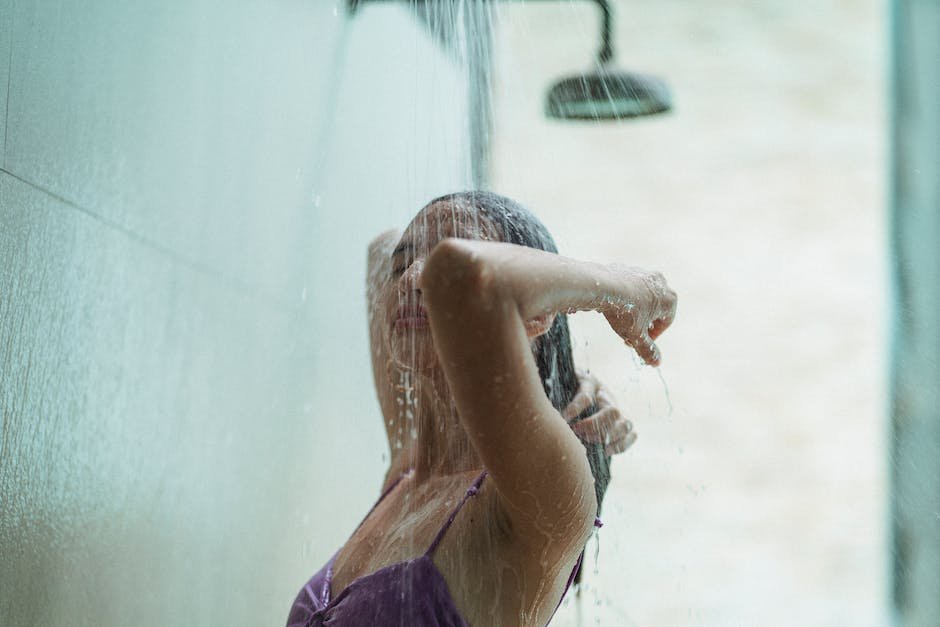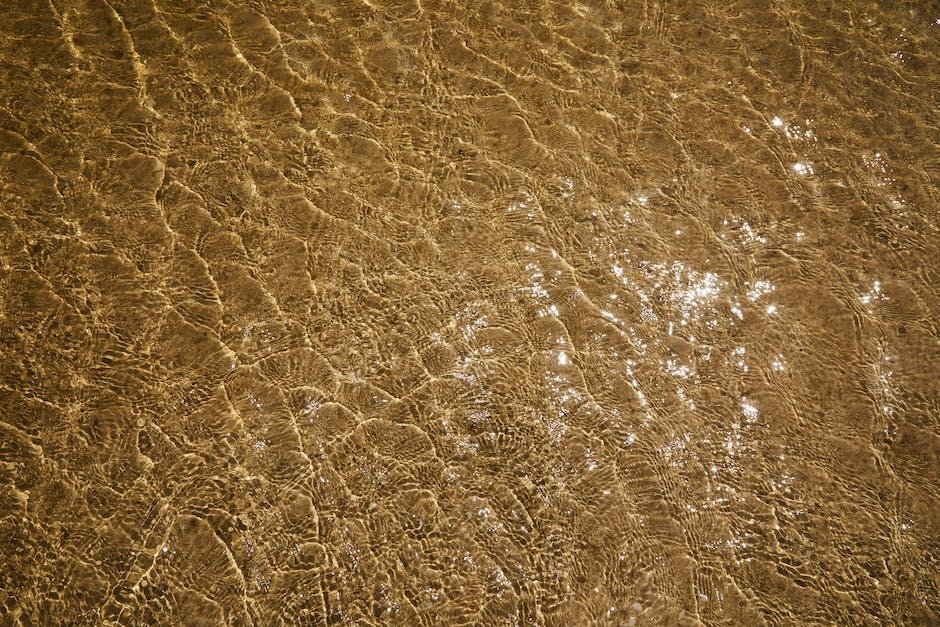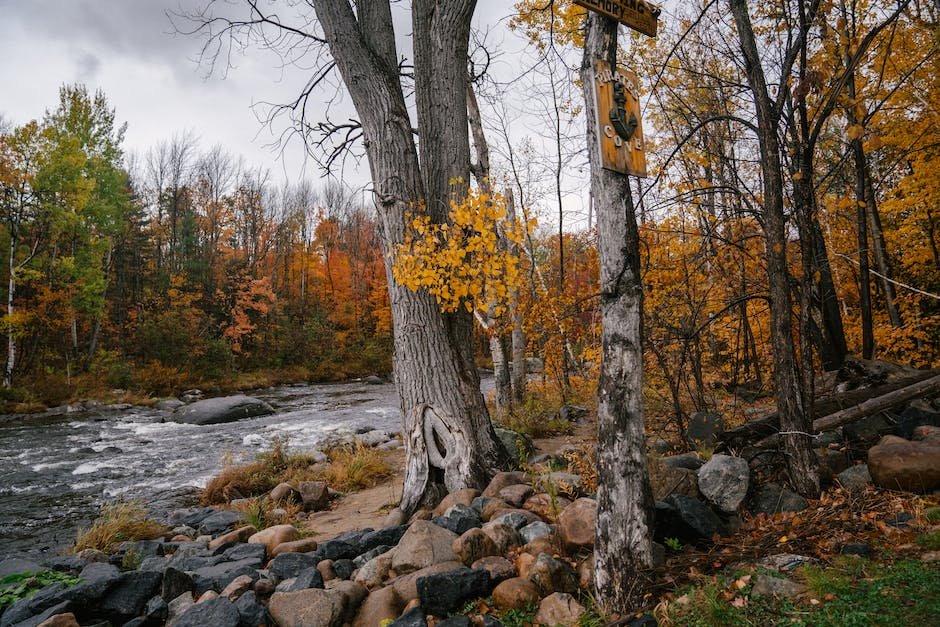We all have our favorite ways to get wet! Some people like to dive into water or take baths, but there are some who feel that doing so is just weird. For those individuals, showering is their preferred way to be.
Others prefer swimming instead of bathing because they feel it is more active. Many health professionals suggest staying in shape by engaging in activities such as swimming every day.
This article will talk about twenty different foods that can easily be incorporated into your daily life to achieve this goal. These foods should be limited in number only if you are very hungry for them, and none should be consumed within one week due to possible serious side effects.
I will also discuss why each food works to make you enjoy being around water even more than before. Hopefully you’ll find one or two new favorites soon!
How to get really wet naturally
There are several methods to add some moisture to your skin. You may already know many of these, but I will go over them here for the first time. Let’s look at the twenty most important ones shall we?
1) Drinking enough water
A lot of things can prevent us from drinking enough water, but once you do drink enough water, it helps dry out dried out mucus and tissue in your body. This includes external tissues such as your skin and internal tissues such as your gut.
Let plants breathe

The next way to help your plant feel more comfortable is by letting it breath. Plants require air to live, just like us!
Most plants have leaves that grow up and then roll back down when they need to expand or contract due to changes in temperature. This process is called transpiration.
As the leaf rolls up during warm seasons, it will pull moisture with it which can cause the plant’s roots to become dry. If this happens, the plant may suffer from poor growth or even death.
To prevent this, make sure your pot does not hold too much water. You should be able to easily pour out all of the liquid content without making any white rings around the edge of the pot.
This is because there are some areas of the plant that contain leftover water from growing. As these dried out, they will turn brown and identify its presence.
By leaving enough space for drainage, your plant will know how to keep itself hydrated and healthy.
Use the right plant soil

The type of vegetable garden you have will determine how wet your plants can get! Plants that grow in water or dry soil are called hydrophilic vegetables. These include most spring and summer veggies like carrots, tomatoes, green peppers, and cucumbers!
These plants need very little moisture to survive, so they’re ideal for creating a more water-efficient veggie patch. By growing these plants in well-draining soils, they won’t require as much rain to thrive.
Alternatively, sunflower, sand, vermiculite, perlite, and potting mix are all great alternative gardening soils. All contain small amounts of sodium and potassium, which help regulate plant growth.
Use water wisely
While there are some foods that contribute to dry skin, drinking too much water can do the opposite! Drinking more than 8 glasses of water per day can be overdone if used in the wrong way. This includes water with beverages or snacks- those extra towels you’ll need will not work!
Drinking enough water helps keep your body hydrated and functioning properly. When people feel thirsty they drink more, so make sure to try to drink eight 8-ounce glasses of water every day to see what effect it has on your skin.
It may also help reduce fat accumulation and aid weight loss. Unfortunately, excessive water intake is impossible to limit because you cannot avoid it by natural means. Technically speaking, drinking too much water is never healthy.
Using a good moisturizer and limiting wet workouts and baths are ways to minimize water damage to already moistened areas.
Let plants get dry before you water them

A lot of people drown plant roots in water when they first try to take care of a plant. This is not necessary! Plants need only very small amounts of water at any given time, especially during early stages of growth.
As your plant grows and matures, it will use more of the soil’s moisture, but never enough that it gets flooded. Avoid this practice by watering plants just after the top layer of dried soil dries out. This way, the plant has some time to recoup and absorb the liquid needed to grow!
Another option is to let the plant “dry down” or desiccate naturally. This can be done by leaving it with its current level of water for several hours until there are no drops visible coming off the leaves.
Use mulch

One of the ways that you can get really wet is by using mulch as a surface for your plant. Mulch acts as an additional layer of protection for your plants, which helps them stay healthier and thriving.
Mulch also aids in keeping soil loose so your plants have easy access to nutrients and moisture. It washes off easily too, making it a good alternative to expensive watering trays or pots that may require more tedious maintenance processes.
Something important to remember about mulch is that not all types of mulch are created equal. Make sure to pick a light-colored, porous material such as wood chips, gravel, or sand to allow proper water to be absorbed and spread. Avoid materials like dried leaves and grass, because these will cause your plants’ roots to become stuck.
The right plants for water

Certain fruits and veggies are perfect to eat while giving you more wetness! These foods contain natural oils that help dry down your skin when exposed to moisture, or so-called transepidermal water loss (TEWL).
Tranceepidermal water loss is our body’s way of protecting itself by quickly drying off surface tissues like skin to prevent fluid from penetrating beyond the first few layers of your skin.
This process happens naturally as we sweat, but it can be hampered when excessive amounts of oil are present in our diet. That’s why some people have said they feel “greasy” even after bathing or swimming because their TEWL is up.
Fortunately, there are certain vegetables and fruits that aid this process.
Plants that like wet feet
Many plants enjoy getting water all over them, especially if you use an indirect source of light for your plant. This includes watering through drip irrigation or using a pot with drainage holes.
Some plants even love being dunked in water! These plants will often droop down further when wet, to conserve as much moisture as possible.
These types of plants are called hydrophilic (water loving) plants. The reason is because they need surface tension from the water molecules to survive. When a plant has more surface area from the drops, it can absorb more water and stay healthier and happier.
Examples of these type of plants include bromeliads, succulents, and cacti. To keep these happy, make sure their roots get adequate air and limit water deprivation by only soaking the leaves for very short periods of time.
Plants that like water
There are many foods that contain moisture, or depend on water to taste good. These include fruits and vegetables of all types!
Many veggies and fruits have skin or peel that comes away when eaten. This is called “peeling” or “shedding” the vegetable or fruit. The skin usually contains some flavor or texture that makes it disappear in the eating process.
The skin of most berries is edible, but some people may find them too tart for their liking. Luckily there are ways to wash these without removing much of the berry’s natural sweetness.
Cooking dry plants can also contribute to their own internal hydration. For example, while cooking carrots you could try leaving them in a bowl covered with a paper towel until they are soft.
This will help remove excess starch which will naturally soak up water, thus reducing your carotenoid content and overall color of the veggie/fruit.

















